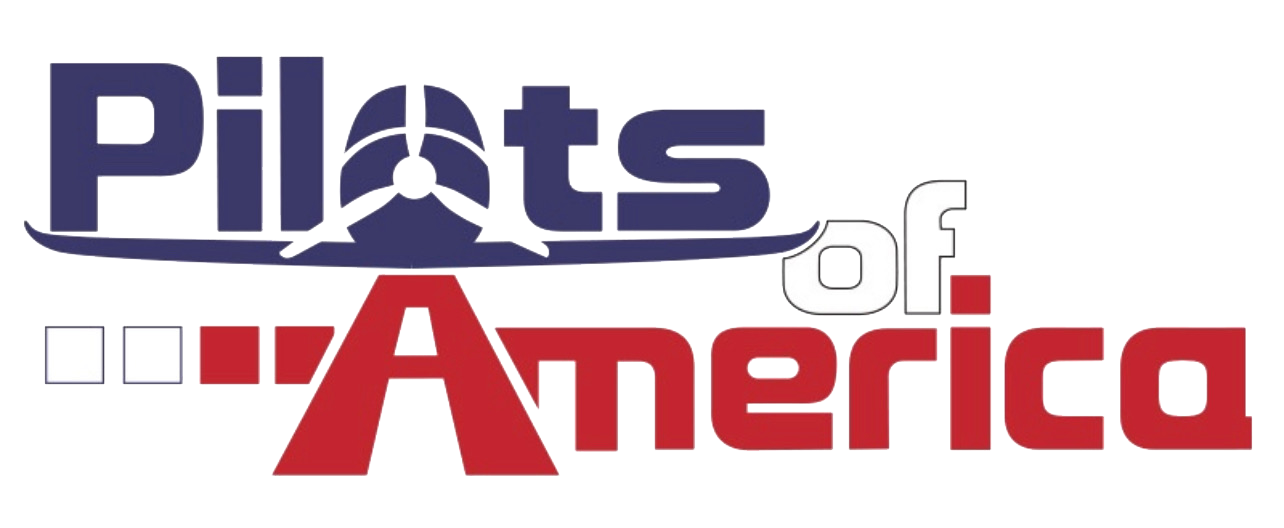Foley catheter FTW.
Cheers,
-Andrew
Gatorade jug. Take a bunch of vitamin B and drink Lemon Lime Gatorade then refill the jug. When the plane requires a fuel stop, dispose of the refilled jug in the FBO refrigerator...

Foley catheter FTW.
Cheers,
-Andrew

Gatorade jug. Take a bunch of vitamin B and drink Lemon Lime Gatorade then refill the jug. When the plane requires a fuel stop, dispose of the refilled jug in the FBO refrigerator...
"Never drink the lemon-lime Gatorade in an airplane. Especially if it's in a Fruit Punch bottle."
The reason you run N2O is to provide extra oxygen, which can only be used by additional fuel. A typical aircraft carb or FI setup isn't going to lend itself to adding extra fuel when you uncork the N2O bottle. Screw it up and you lean out the engine, get detonation, and end up with catastrophic parts failure. Running a stroker crank kind be just like running at higher RPM and lead to a bunch of complications that you have to consider like piston velocity and fun stuff like crank journal velocity. No easy answers, but start with what kind of thrust you need given your takeoff weight and go from there. That's why Colin Chapman was big on adding lightness. You can't beat the rules of volumetric efficiency, but you need to look at the area under the torque curve if you want to go fast.WOW! there has to be a big difference between the heads besides valve angles. 8.3 lbs per cylinder is a lot of extra Al.
I figured that a stroker 390 would have a MUCH shorter engine life. After all, it would have to be built as a 2700 rpm maximum effort racing engine. The effective maximum volumetric efficiency for a naturally aspirated engine is 130%. If you apply the formula [c.i.d. x rpm/ 5600/ 1= volumetric efficiency] you can see that a ~400 c.i. engine running @ 2700 rpm, would be at the 130% maximum.
The reason you run N2O is to provide extra oxygen, which can only be used by additional fuel. A typical aircraft carb or FI setup isn't going to lend itself to adding extra fuel when you uncork the N2O bottle. Screw it up and you lean out the engine, get detonation, and end up with catastrophic parts failure. Running a stroker crank kind be just like running at higher RPM and lead to a bunch of complications that you have to consider like piston velocity and fun stuff like crank journal velocity. No easy answers, but start with what kind of thrust you need given your takeoff weight and go from there. That's why Colin Chapman was big on adding lightness. You can't beat the rules of volumetric efficiency, but you need to look at the area under the torque curve if you want to go fast.
If we're not going to worry about certification - think going experimental - and you just want a boost on take-off or in an emergency, I'd go this route:
http://www.tecaeromex.com/ingles/peroxidoi.html
<day dream on>
~200 HP, fits in the palm of your hand, cool running and can be run for many minutes with fuel consumption in the range of a turboprop ... strap one on each wing mounted to reinforced spar and you've got yourself a VTOL :wink2:
<day dream off>
